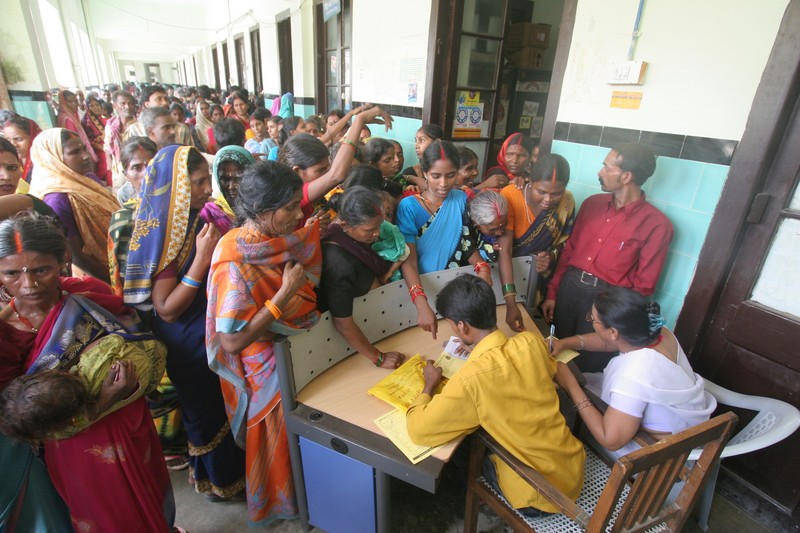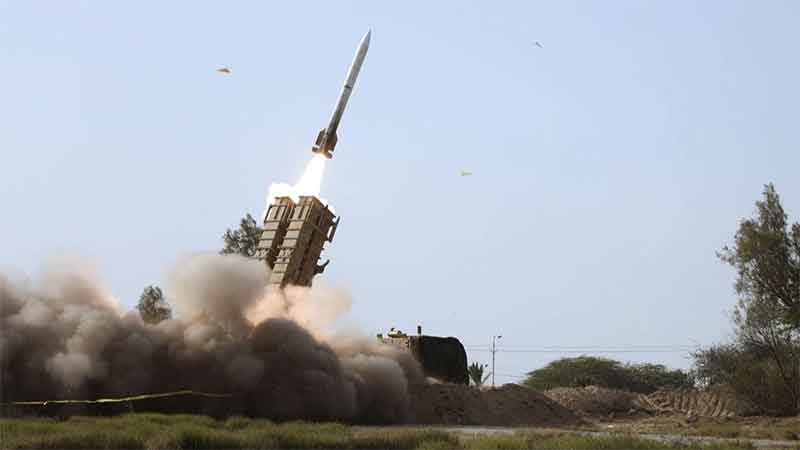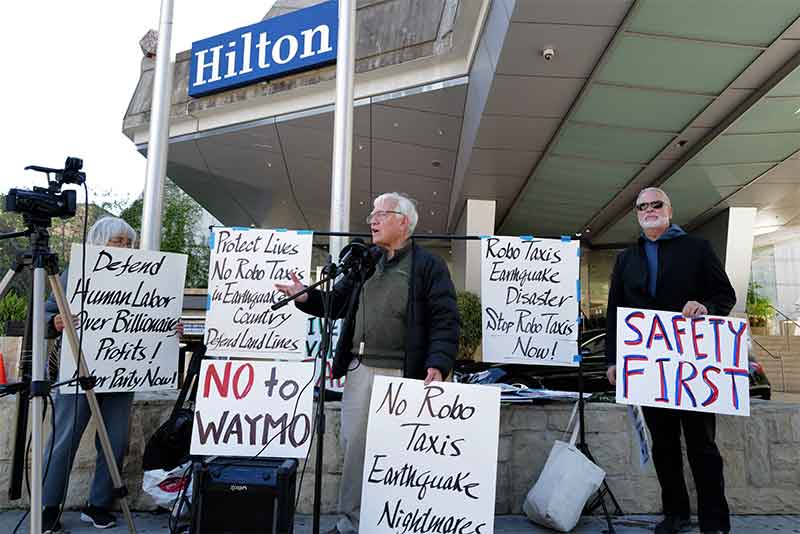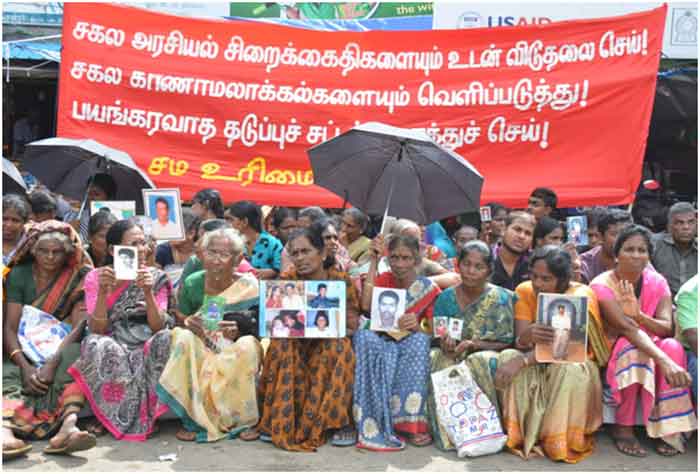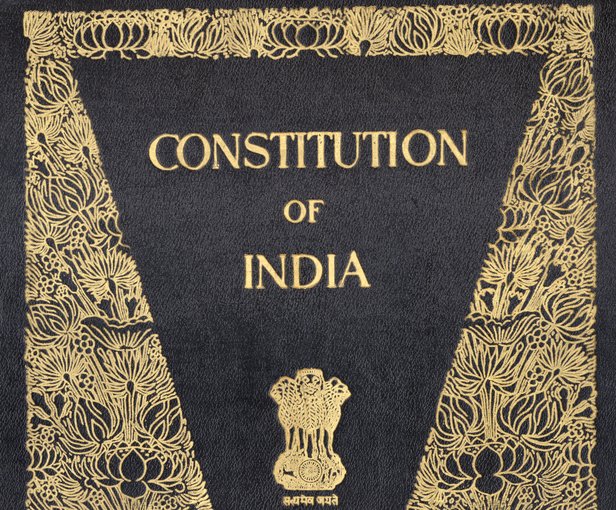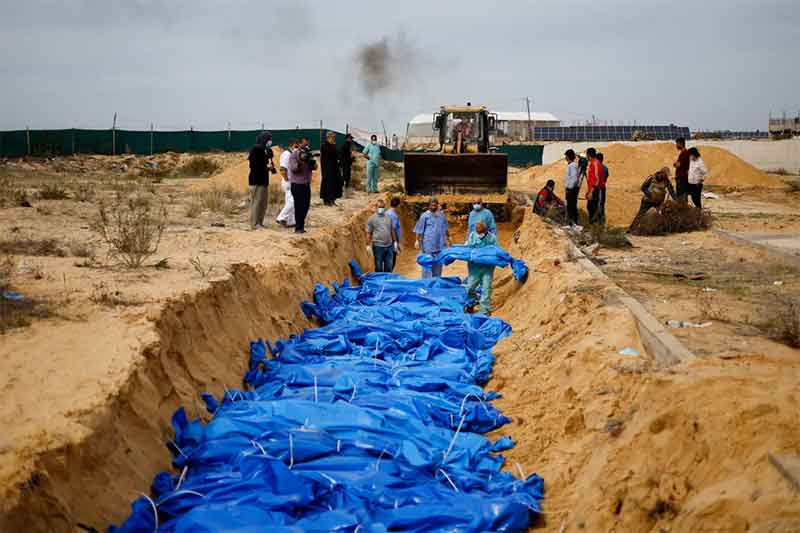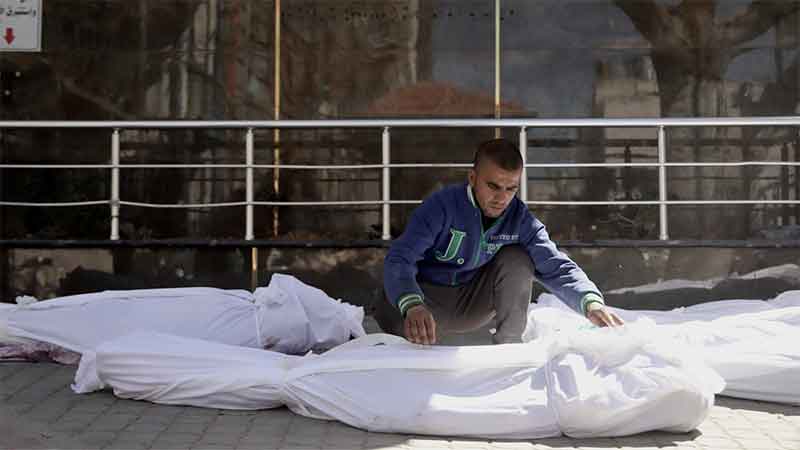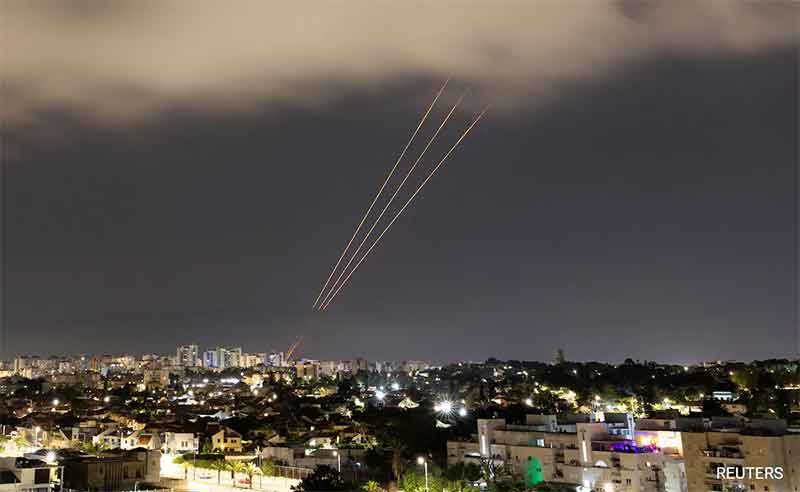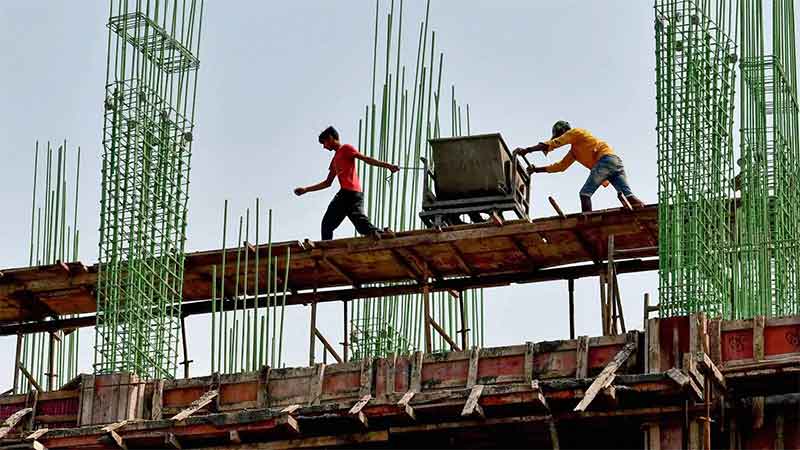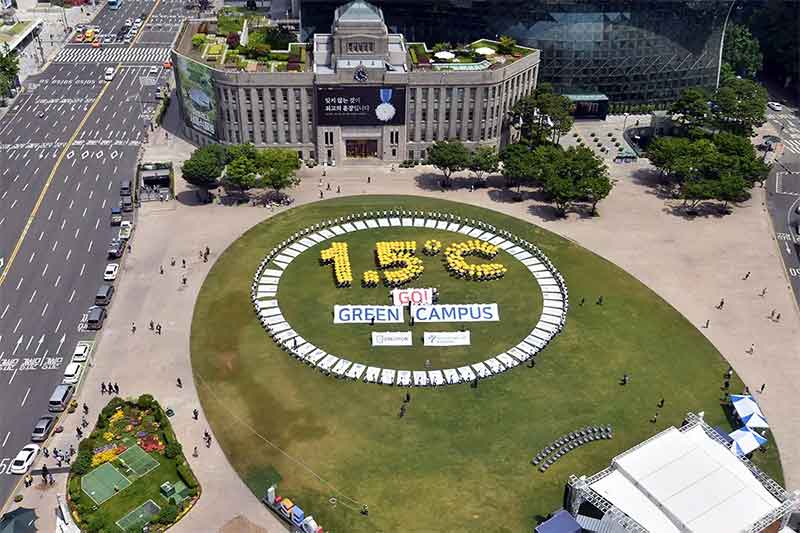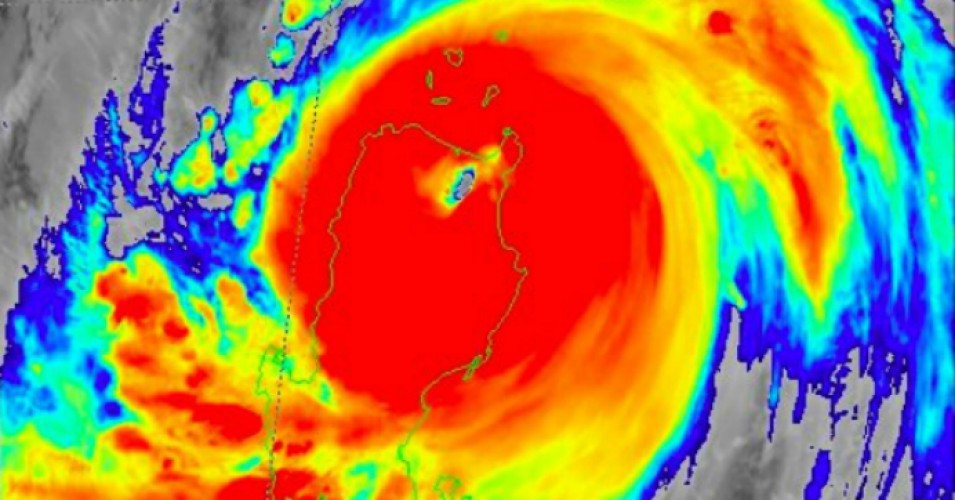
Amid ongoing media coverage about the dangers of Hurricane Florence—which has already killed multiple people in North Carolina—and warnings from extreme weather experts that such storms are made worse by human-caused climate crisis, the “bigger, stronger, and more dangerous” Super Typhoon Mangkhut made landfall early Saturday in the northern Philippines with sustained winds of 165 mph and gusts up to 200 mph.
“Nine tropical storms wrapping around the world right now. This is climate changed.”
—350.org
The United Nations Global Disaster Alert and Coordination System warns the storm “can have a high humanitarian impact based on the maximum sustained wind speed, exposed population, and vulnerability,” estimating that more than 40 million people across the Philippines, China, Vietnam, Guam, and the Northern Mariana Islands could be affected by the storm.
WATCH: Typhoon #OmpongPH's landfall in Cagayan https://t.co/5N2rKmgsll
— ABS-CBN News (@ABSCBNNews) September 14, 2018
Mangkhut, labeled a typhoon because of where it orginated, is “the planet’s strongest storm in 2018, so far,” with the strength of a Category 5 hurricane. As the Washington Post noted, “In gusts as powerful as those within Mangkhut, a Boeing 737 could lift off the ground without even igniting its twin engines.”
Called Ompong locally, the storm’s threat to Luzon—the Philippines’ biggest and most populous island—prompted “officials to order precautionary evacuations and closures of schools and offices, and farmers to quickly harvest their crops to reduce damage,” The Philippine Star reports.
WATCH: #OmpongPH shows off its strong winds and heavy rains, affecting the residents of Aparri, Cagayan on Friday. The area is currently under storm signal no. 3. (Video courtesy of Mark Reparejo) pic.twitter.com/WRfVMql4en
— The Philippine Star (@PhilippineStar) September 14, 2018
Mangkhut made landfall in Baggao, Cagayan at 1:40am local time on Saturday, according to the the Philippine Atmospheric, Geophysical, and Astronomical Services Administration (PAGASA). PAGASA is warning of up to a 20-foot storm surge and strong winds that could cause “severe” and “extensive” damage to coconut, rice, and corn plantations.
According to PAGASA, Typhoon Mangkhut (Ompong) made landfall in Baggao, Cagayan on Saturday at 1:40 a.m. local time. The large, violent typhoon will continue to bring powerful winds, heavy rainfall, and high storm surge waves. pic.twitter.com/M34tm5eIm3
— Jonathan Oh (@johontv) September 14, 2018
Forecasters expect Mangkhut to advance toward Hong Kong over the next few days. Hong Kong Chief Executive Carrie Lam Cheng Yuet-ngor said Friday, “I hope citizens will stay indoors and not go outside, especially not to check out the storm surge, or surf, as that would not only put themselves in danger, but also put pressure on rescue services.”
Mangkhut and Florence not only have provoked evacuations and concerns about public safety, but also alarm over the future of incredibly destructive storms, and the impact of anthropogenic global warming.
Earlier in the week, as the storms approached coastal communities, weather experts and climate activists circulated an image on social media that shows nine tropical storms wrapped around the planet. As the advocacy group 350.org put it, “This is climate changed.”
9 tropical storms wrapping around the world right now.
This is climate changed. https://t.co/THPwFITGB6
— 350 dot org (@350) September 11, 2018




